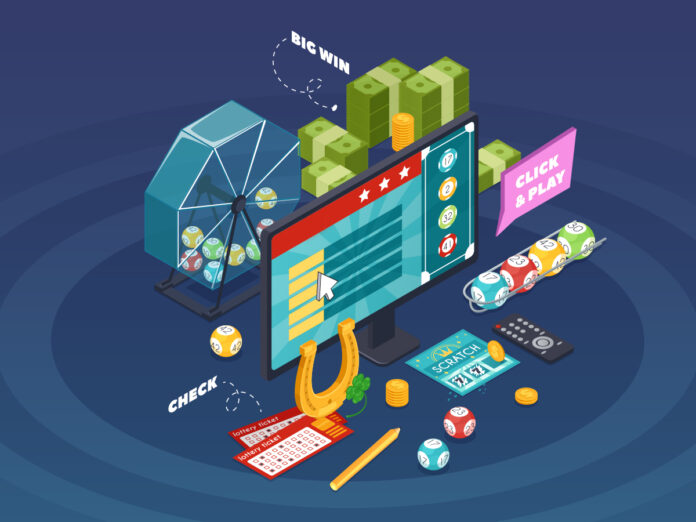Fintech Staff Writer
In the rapidly evolving world of financial technology, or fintech, innovation is reshaping not only how we manage money but also how we experience financial services. Among the most powerful trends driving user engagement is gamification—a strategy that integrates game-like elements into non-gaming contexts. In fintech, gamification is transforming traditionally dry and complex financial products into interactive, user-friendly, and even enjoyable experiences. Through reward systems, challenges, leaderboards, badges, and progress tracking, fintech is making saving, investing, budgeting, and even financial education more engaging and accessible.
Understanding Gamification in Finance
At its core, gamification leverages psychological principles from game design—such as achievement, competition, and instant feedback—to influence user behavior. When applied to financial services, these principles help bridge the gap between user intent and action. For example, while many people aspire to save more or stick to a budget, the actual process often lacks immediate gratification and can feel tedious. Gamification injects motivation by offering tangible rewards, visual progress, and a sense of accomplishment.
Unlike traditional financial tools, which often assume users will be rational and self-motivated, gamified fintech solutions meet people where they are—emotionally, cognitively, and behaviorally. By doing so, they make personal finance feel less like a chore and more like a game to be won.
How Reward Systems Work in Fintech?
Reward systems are the engine behind gamification. These systems provide users with incentives for completing specific tasks, reaching milestones, or engaging consistently with the platform. The rewards can be tangible—such as cash back, discounts, or points—or intangible, like badges, achievements, and status rankings.
Here are a few common gamification elements used in fintech reward systems:
- Progress Bars and Milestones: Users see visual indicators of their progress toward a savings goal or investment target. Completing steps unlocks new levels or rewards, creating a sense of advancement.
- Streaks and Daily Challenges: Encouraging users to check in daily, complete challenges, or maintain financial habits builds consistency. Streaks can become a powerful motivator, triggering the psychological desire not to “break the chain.”
- Points and Leaderboards: Users earn points for completing financial tasks such as paying bills on time, setting a budget, or attending educational sessions. Leaderboards introduce social comparison, fostering friendly competition among users.
- Achievements and Badges: Completing financial milestones, like saving a certain amount or sticking to a budget for a set period, earns users digital badges or titles. These serve as symbolic rewards and reinforce positive behaviors.
- Surprise Rewards: Randomized bonuses or surprise perks keep users engaged by introducing an element of unpredictability, much like opening a mystery box in a game.
These mechanisms work together to increase user engagement, encourage healthy financial behaviors, and create a more dynamic experience around personal finance.
Read More: Enhancing Cybersecurity in Financial Services through Adversarial Exposure Validation
Driving Financial Literacy and Inclusion
One of the most meaningful applications of gamification in fintech is its ability to promote financial literacy. Users can explore topics like credit scores, investing, and budgeting through engaging formats such as interactive lessons, quizzes, and challenges that break information into manageable, enjoyable pieces. Rather than relying on dense texts or intimidating jargon, gamified experiences make learning feel like play.
This approach is particularly impactful for younger generations and underserved populations, who may lack traditional financial education or distrust legacy institutions. By lowering the barrier to entry, gamification helps democratize access to financial knowledge and tools.
Encouraging Positive Financial Behavior
Beyond education, gamification is a powerful behavioral tool. It can nudge users toward better financial habits, such as spending less, saving more, or paying off debt. Because these behaviors often yield long-term benefits without immediate rewards, gamification helps bridge the motivational gap by offering short-term incentives.
For example, rewarding users for saving consistently each week—even in small amounts—can build momentum and confidence. Over time, these micro-behaviors compound into meaningful financial progress.
Moreover, gamification can tap into users’ intrinsic motivations, such as mastery, autonomy, and purpose. Instead of simply telling users what they should do with their money, gamified platforms empower them to set goals, track progress, and celebrate achievements on their own terms.
Balancing Fun with Responsibility
While gamification offers clear benefits, it must be used thoughtfully in financial contexts. Poorly designed reward systems can encourage risky behavior, such as overspending or speculative investing. To be effective and ethical, gamification in fintech must align with users’ long-term financial well-being.
Designers should prioritize transparency, user control, and behavioral science principles to ensure that gamification drives healthy habits, not harmful ones. Ultimately, the goal is to make finance more engaging without compromising its seriousness.
By integrating reward systems and game mechanics, fintech companies are turning financial products into experiences that are interactive, motivating, and even enjoyable. From budgeting apps to investment platforms, gamification is helping users build better habits, deepen their understanding, and take control of their financial futures. In doing so, it’s not only reshaping how people interact with money but also redefining what it means to be financially empowered in the digital age.
Read More: Global Fintech Interview with Radha Suvarna, Chief Product Officer of Payments at Finastra
[To share your insights with us, please write to psen@itechseries.com ]
